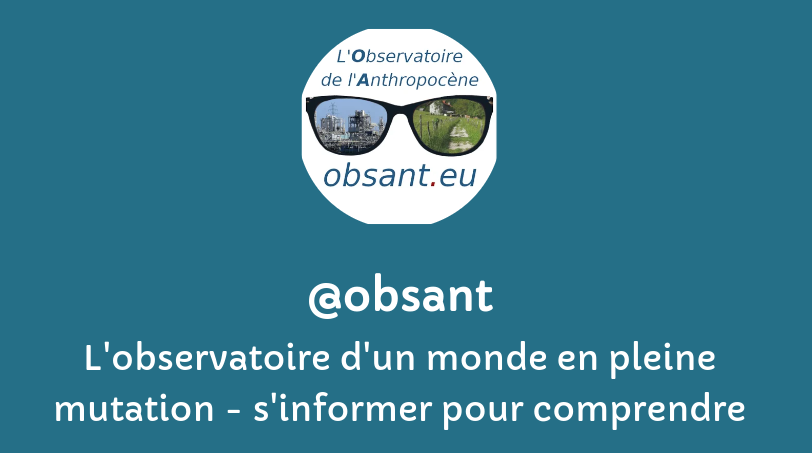filtre:
Greenland
2025
Tipping elements within the Earth system are increasingly well understood. Scientists have identified more than 25 parts of the Earth’s climate system that are likely to have “tipping points” – thresholds where a small additional change in global warming will cause them to irreversibly shift into a new state. The “tipping” of these systems – which include the Atlantic Meridional Overturning Circulation (AMOC), the Amazon rainforest and the Greenland ice sheet – would have profound consequences for both the biosphere and people. More recent research suggests that triggering one tipping element could cause subsequent changes in other tipping elements, potentially leading to a “tipping cascade”. For example, a collapsed AMOC could lead to dieback of the Amazon rainforest and hasten the melt of the Greenland ice sheet.
Thousands of Greenland's crystal-clear blue lakes have turned a murky brown thanks to global warming — and the worst part is that they've started emitting carbon dioxide. Record heat and rain in 2022 pushed the lakes of West Greenland past a tipping point, so rather than absorbing carbon dioxide (CO₂), they began to emit it into the atmosphere, according to a new study.
2024
The story of Greenland keeps getting greener—and scarier. A new study provides the first direct evidence that the center—not just the edges—of Greenland's ice sheet melted away in the recent geological past and the now-ice-covered island was then home to a green, tundra landscape.
Total is 20% higher than thought and may have implications for collapse of globally important north Atlantic ocean currents The Greenland ice cap is losing an average of 30m tonnes of ice an hour due to the climate crisis, a study has revealed, which is 20% more than was previously thought. Some scientists are concerned that this additional source of freshwater pouring into the north Atlantic might mean a collapse of the ocean currents called the Atlantic meridional overturning circulation (Amoc) is closer to being triggered, with severe consequences for humanity.
2023
The Greenland Ice Sheet covers 1.7 million square kilometers (660,200 square miles) in the Arctic. If it melts entirely, global sea level would rise about 7 meters (23 feet), but scientists aren't sure how quickly the ice sheet could melt. Modeling tipping points, which are critical thresholds where a system behavior irreversibly changes, helps researchers find out when that melt might occur.
2022
Scientists are getting a better handle on how fast Greenland's ice is flowing out to sea. Old models that used Antarctica as a baseline were way off the mark.
Giant ice sheets, ocean currents and permafrost regions may already have passed point of irreversible change
2021
For the first time on record, precipitation on Saturday at the summit of Greenland — roughly two miles above sea level — fell as rain and not snow.
Greenland's enormous ice sheet has been struck by a "massive melting event," with enough ice vanishing in a single day last week to cover the whole of Florida in two inches (5 centimeters) of water, Danish researchers have found.
Greenland’s vast ice sheet is undergoing a surge in melting, with the amount of ice vanishing in a single day this week enough to cover the whole of Florida in two inches of water, researchers have found.



